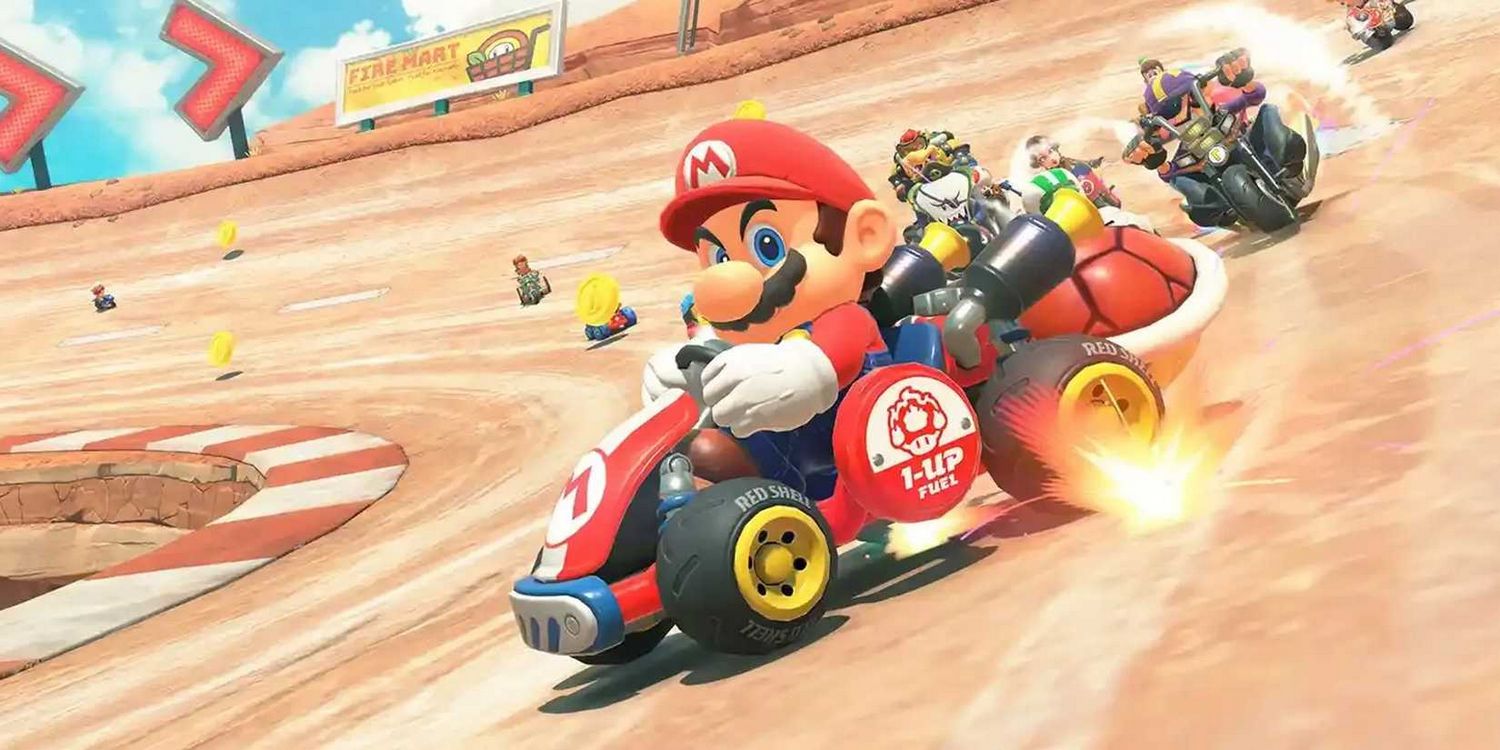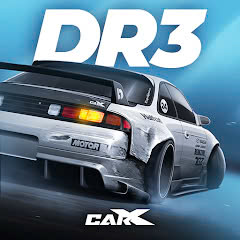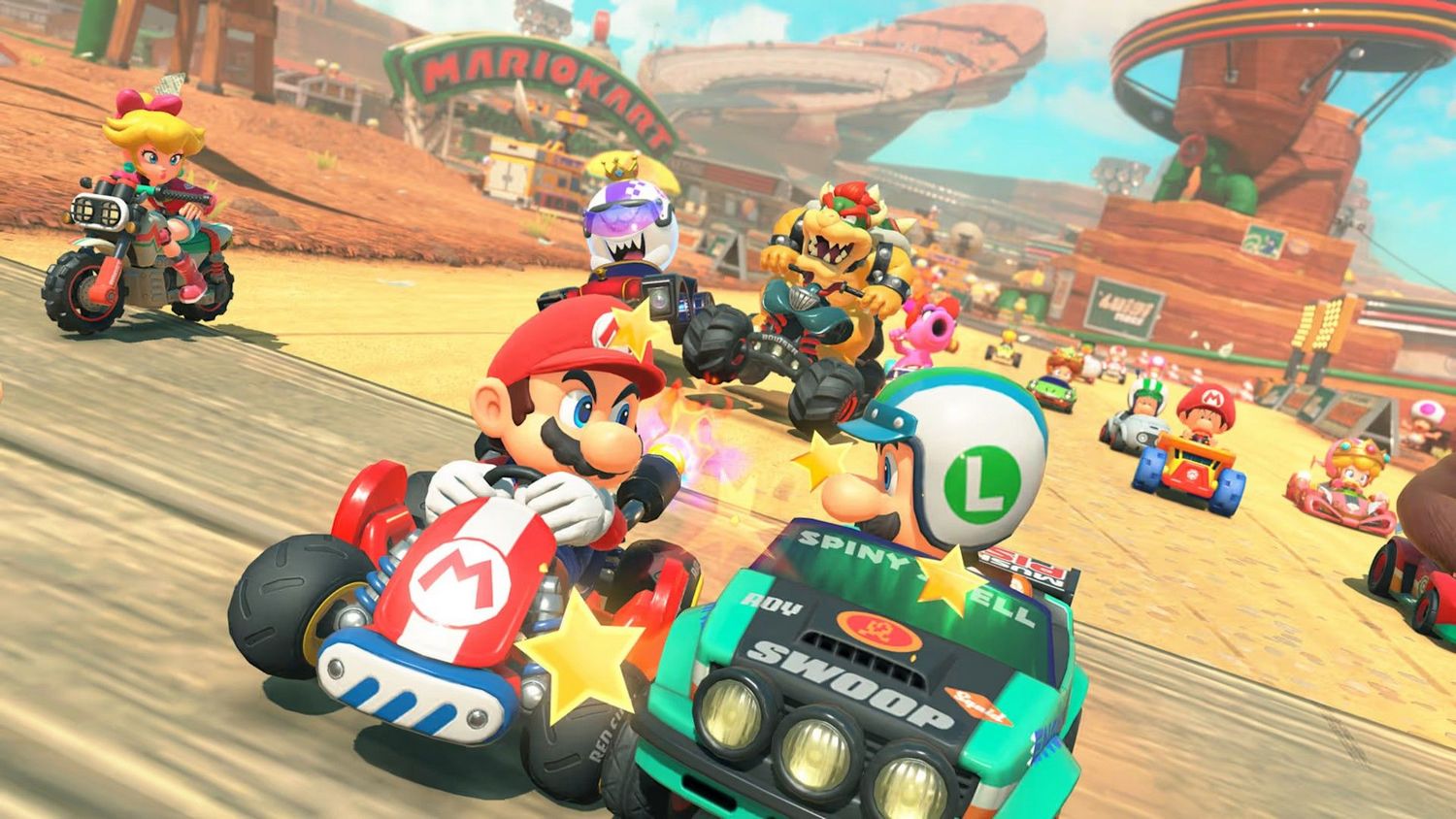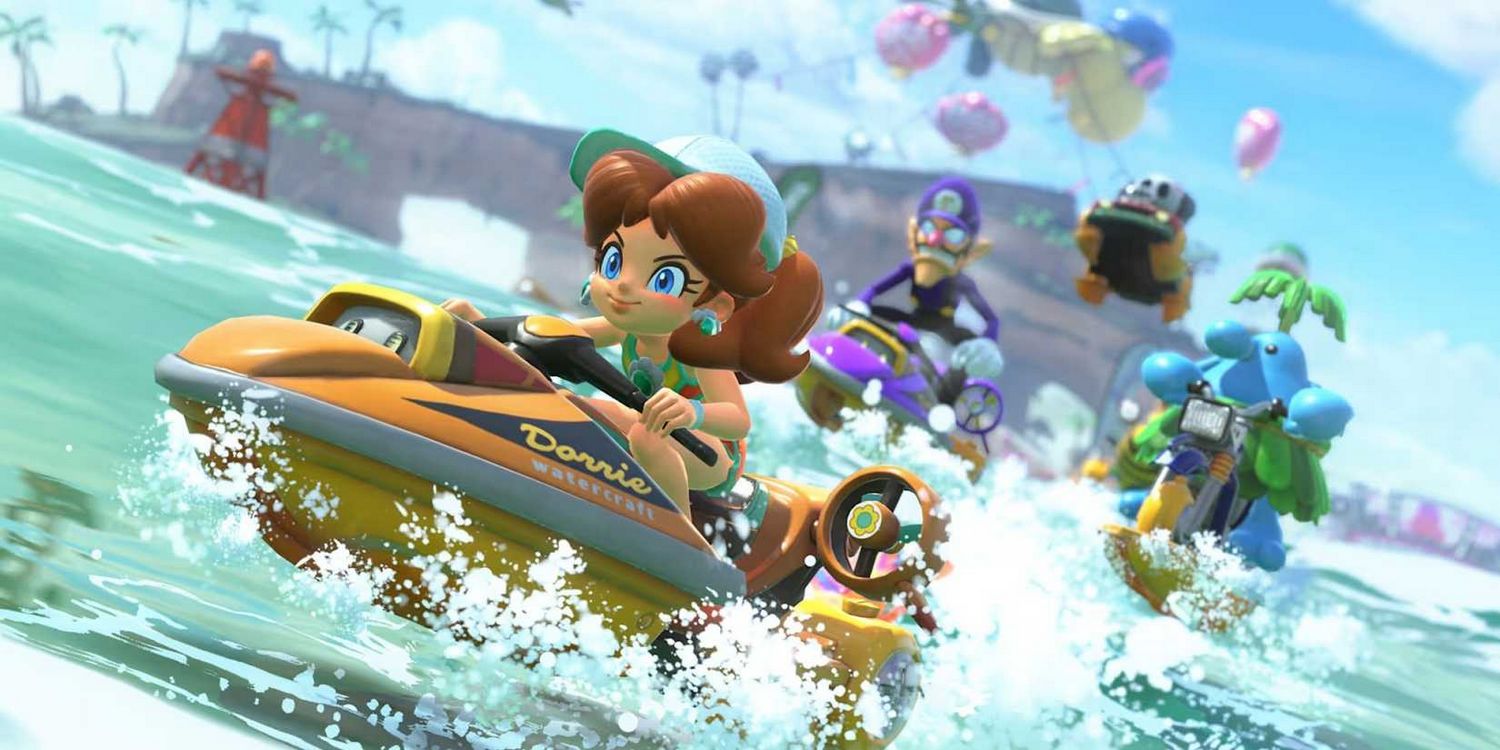Mastering the Art of Momentum: How Mario Kart Players Are Conquering Tracks Without Accelerating
Popular Now
 Rust
Rust
 Stumble Guys
Stumble Guys
 Geometry Dash
Geometry Dash
 The Legend of Zelda
The Legend of Zelda
 Sonic the Hedgehog™ Classic
Sonic the Hedgehog™ Classic
 NBA 2K24
NBA 2K24
 Garena Free Fire: Kalahari
Garena Free Fire: Kalahari
 EA SPORT FC 25
EA SPORT FC 25
 Poppy Playtime
Poppy Playtime
 Brawl Stars
Brawl Stars 
In the high-octane world of competitive video gaming, players are constantly pushing the boundaries of what is possible, discovering new strategies and exploits to shave milliseconds off their best times. The beloved Mario Kart series, known for its chaotic item battles and tight racing mechanics, is no exception. A new and fascinating trend has emerged in the community, particularly within the dedicated time trial and speedrunning circles: completing entire laps or even full races without ever pressing the accelerate button. This seemingly impossible feat is a testament to the depth of the game’s physics engine and the ingenuity of its top-tier players. This article delves into the “no-accelerate” phenomenon, explaining the techniques involved and highlighting the mind-boggling world records being set.
 The Physics of a No-Accelerate Run
The Physics of a No-Accelerate Run
At first glance, a no-accelerate run seems counterintuitive. How can a vehicle move forward without a constant source of propulsion? The answer lies in a combination of fundamental game mechanics that, when exploited in tandem, generate and maintain momentum. These are not glitches in the traditional sense, but rather a profound understanding of the game’s underlying physics.
- Rocket Start: Every no-accelerate run begins with a perfect rocket start. By pressing the accelerate button at the precise moment the race countdown ends, players get a burst of speed that carries them forward. This is the only moment the accelerate button is pressed during the entire run, and its initial momentum is the foundation upon which the entire lap is built.
- Mini-Turbo Boosts: Drifting is a core component of Mario Kart gameplay, and a key benefit is the mini-turbo boost. By holding a drift around corners, players charge up a small burst of speed. In a no-accelerate run, these mini-turbos are not used to gain a speed advantage over opponents but rather to keep the kart moving forward and prevent it from grinding to a halt. Mastering the timing and angles of these drifts is crucial to maintaining momentum.
- Jump Boosts & Tricks: Whenever a player drives off a ramp or a small bump on the track, a well-timed press of the jump/trick button allows them to perform a trick, which grants a small but vital boost upon landing. On many tracks, these can be chained together, from small hills to larger jumps, providing a continuous series of speed boosts that are essential for long, straight sections of the course.
- Item Usage: Items that provide a speed boost, such as mushrooms, are another critical element. These are often used strategically to overcome sections where a driver cannot get a mini-turbo or trick boost. In some records, a mushroom might be the only other source of acceleration besides the initial rocket start.
- Strategic Drafting: While less common in time trials, drafting behind another racer (either a ghost or a CPU opponent) provides a temporary speed boost that can be used to propel the player forward. This requires careful positioning and is a less reliable method, but an advanced strategy nonetheless.
 World Records and Notable Achievements
World Records and Notable Achievements
The “no-accelerate” challenge has become a niche but highly respected category within the speedrunning community. Players are not only completing laps but are setting impressive world records on specific tracks that are conducive to this style of play. Tracks with a lot of curves, ramps, and item boxes are prime candidates. For instance, players have successfully completed laps on tracks like Wario Stadium and Dry Bones Burnout without ever holding down the accelerate button. These runs are meticulously planned, with every mini-turbo and jump trick executed with pixel-perfect precision. Videos of these attempts often go viral within the gaming community, showcasing the dedication and technical skill of these players. The challenge lies in not just completing the lap, but doing so in a competitive time. The world records in this category are often fractions of a second apart, demonstrating the fine margins that separate victory from defeat in this unique style of racing.
The rise of this new challenge highlights a deeper conversation about game design and player creativity. It shows how players can subvert the intended purpose of a game’s controls and find new ways to engage with its mechanics. The “no-accelerate” community has its own set of rules and strategies, with players debating the most effective character and kart combinations to maximize their momentum and glide distance. This phenomenon is a testament to the enduring appeal and complexity of the Mario Kart franchise, proving that even after decades, there are still new secrets to be uncovered on its iconic courses.
In a world where speed is everything, these players are proving that a different kind of mastery—one built on momentum, precision, and strategic thinking—can lead to some of the most impressive feats in all of gaming. It’s a reminder that sometimes, to go fast, you have to let go of the gas.








 The Physics of a No-Accelerate Run
The Physics of a No-Accelerate Run World Records and Notable Achievements
World Records and Notable Achievements